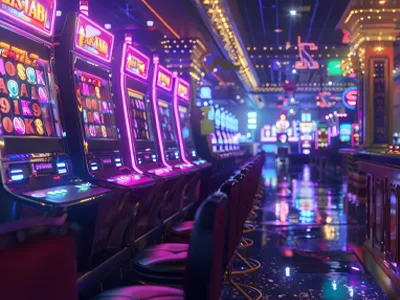Caesars Palace Times Square must receive local support if it’s going to make the final cut
A proposal to build a casino in Times Square is moving through the public review process, with the first of two scheduled hearings drawing strong opinions from both supporters and critics.
The plan, called Caesars Palace Times Square, is a partnership between SL Green, Caesars Entertainment, and Roc Nation. It would combine a casino and entertainment complex in the heart of Times Square. The Community Advisory Committee (CAC) — a six-member panel appointed by city and state leaders — will hold two hearings before voting. A two-thirds majority is needed for the proposal to advance to the state Gaming Facility Location Board.
Supporters at the August 13 hearing argued the project would bring significant economic benefits, including construction and service jobs, along with private investment in the area. Union representatives, including Anthony Fotiadis of SMART Local 137 and Oona Adams of Laborers Local 79, said the development would create middle-class job opportunities and improve safety in the neighborhood.
Opponents, however, warned the casino could harm Broadway’s economy, increase crime, and negatively impact the community’s character. The Broadway League’s Jason Laks said the industry supports over 100,000 jobs that could be at risk if the casino draws audiences and spending away from theater productions. Several theater unions also testified against the proposal, emphasizing that the location is the wrong fit.
Community advocates raised concerns about potential increases in sex trafficking and drug access, particularly for vulnerable populations. A May 2024 poll found 71% of Midtown residents opposed the project, though that was before developers pledged millions in community investment.
The Times Square bid is one of eight competing for three downstate New York casino licenses. The CAC’s decision is expected by September 30. Until then, the debate will continue between those who see the project as an economic boost and those who view it as a threat to one of New York City’s most iconic cultural districts.

